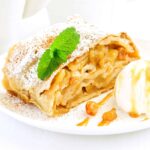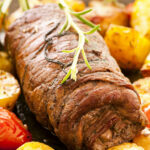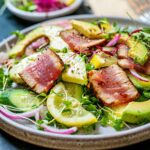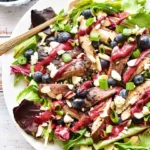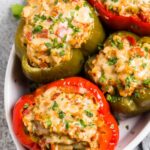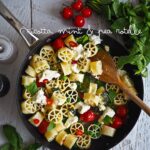Starting your day with a German breakfast can introduce you to a world of unique and delicious flavors. Germany has a rich culinary tradition, and its breakfast foods reflect this heritage with a variety of options ranging from sweet to savory.
You will discover traditional dishes that have been enjoyed for generations as well as modern twists on classic recipes. Whether you are interested in pastries, eggs, or hearty casseroles, German breakfasts offer something special for everyone.
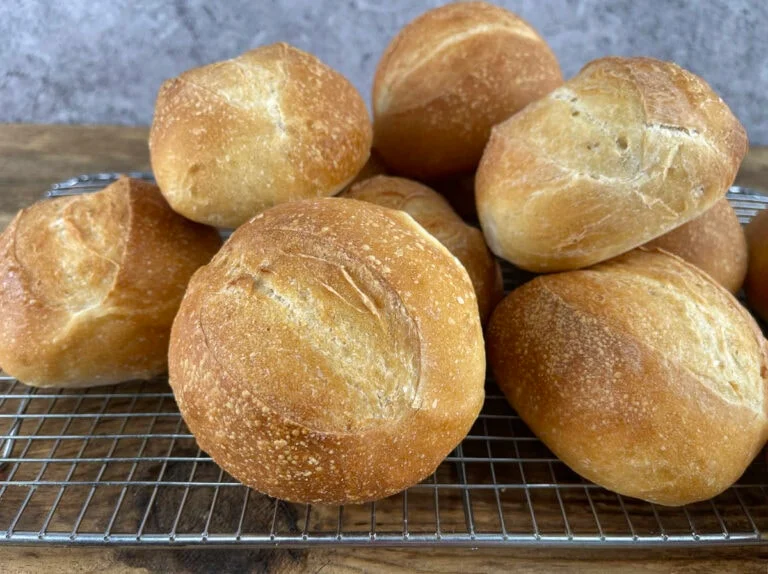
1) Brötchen
Brötchen are small German bread rolls that are a staple at breakfast.
These rolls have a crispy crust and soft interior. They are typically made using flour, water, yeast, and a pinch of salt. Many people enjoy slicing them open and adding butter, jam, cold cuts, or cheese.
Making Brötchen at home involves preparing a pre-dough the night before. The next day, you mix this with more flour and water to make the main dough. After allowing the dough to rise, the rolls are shaped and baked until golden brown.
Brötchen are often enjoyed fresh from the oven in Germany, especially on weekends. They pair well with a cup of coffee or tea.
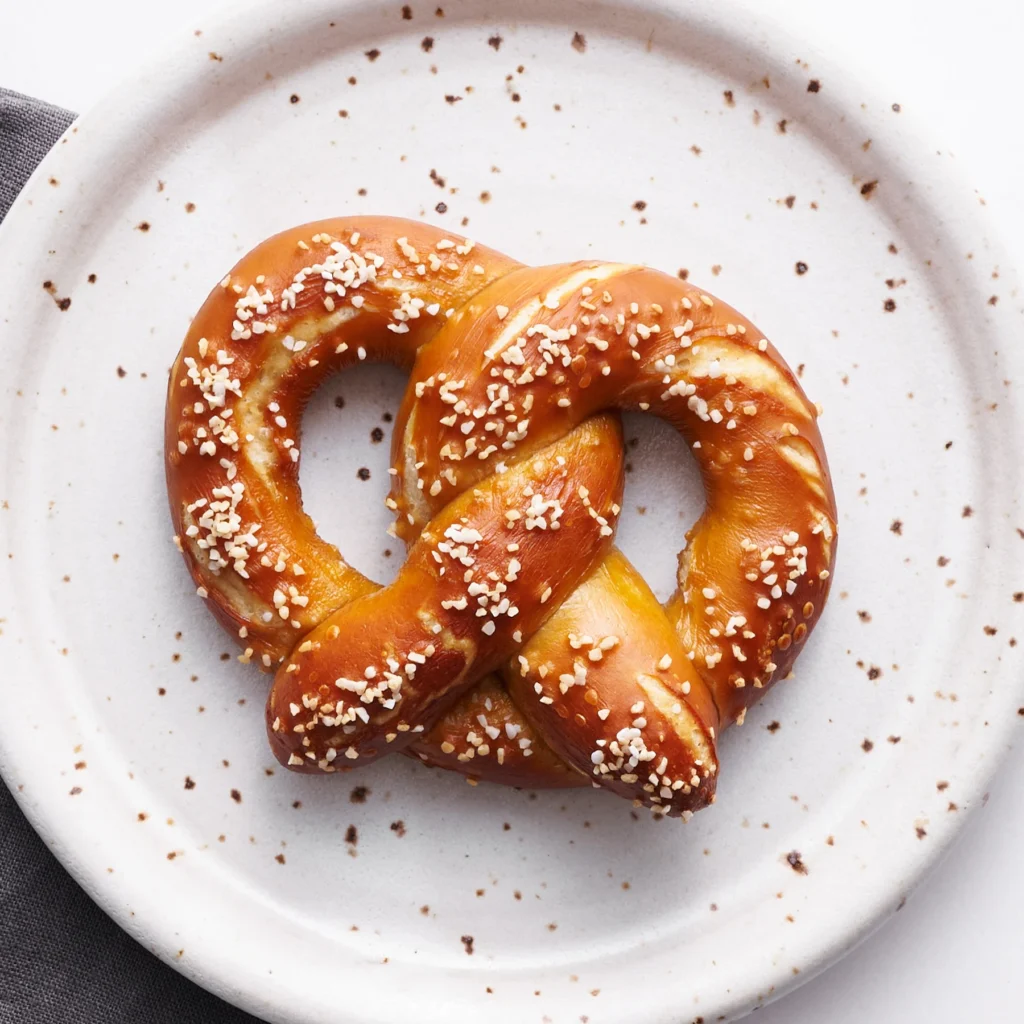
2) Pretzels
Pretzels are a popular breakfast food in Germany. You often see them at bakeries and cafes, freshly baked and ready to eat. They offer a great mix of crunchy and soft textures, thanks to their unique baking process.
You can enjoy pretzels plain, with butter, or even with a slice of cheese. They also pair well with cold cuts or spreads like liverwurst and mustard. These combinations make pretzels a versatile option for a quick breakfast.
Traditionally, pretzels have a distinctive knot shape and a golden-brown crust topped with coarse salt. The dough is dipped in a lye solution before baking, which gives pretzels their characteristic flavor and texture.
Pretzels are not just for breakfast. They are also enjoyed as snacks throughout the day. Whether you are on the go or having a relaxed morning, pretzels are a tasty and convenient choice.

3) Weißwurst
Weißwurst is a traditional Bavarian sausage that is usually served in the morning. It is made from minced veal and pork back bacon. The meat is finely ground and often flavored with parsley, lemon, and a variety of spices.
The sausages are white because they are not smoked. Instead, they are cooked in hot water. Remember, you should never boil Weißwurst as boiling will cause the skins to burst.
You can serve Weißwurst with a side of Brezen, which are soft, salty pretzels. It also goes well with sweet mustard known as Weißwurstsenf.
This sausage has been a part of Bavarian culture since 1857, originating in Munich. It is best enjoyed fresh and is a staple of any traditional Bavarian breakfast.
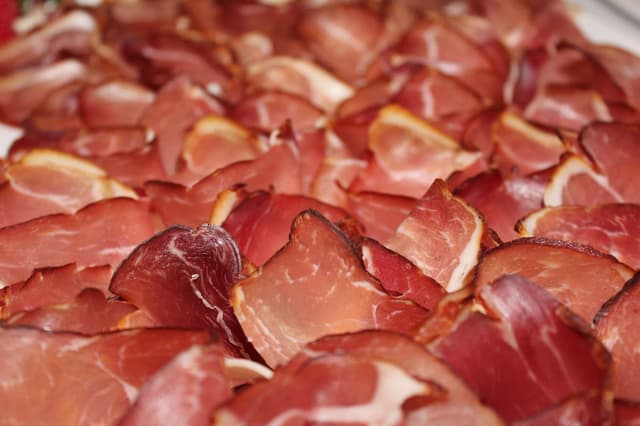
4) Schwarzwälder Schinken
Schwarzwälder Schinken, or Black Forest ham, is a smoked and cured ham from the Black Forest region of Germany. It has a distinctive flavor due to a special smoking process.
The ham is often enjoyed thinly sliced with bread, cheese, and pickles. It can also be added to salads or cooked dishes.
The smoking process uses pine or fir wood, giving the ham a unique, rich taste. This method also darkens the ham’s exterior, creating its characteristic color.
You might find Schwarzwälder Schinken in specialty stores or German markets. It is versatile and a great addition to many meals.
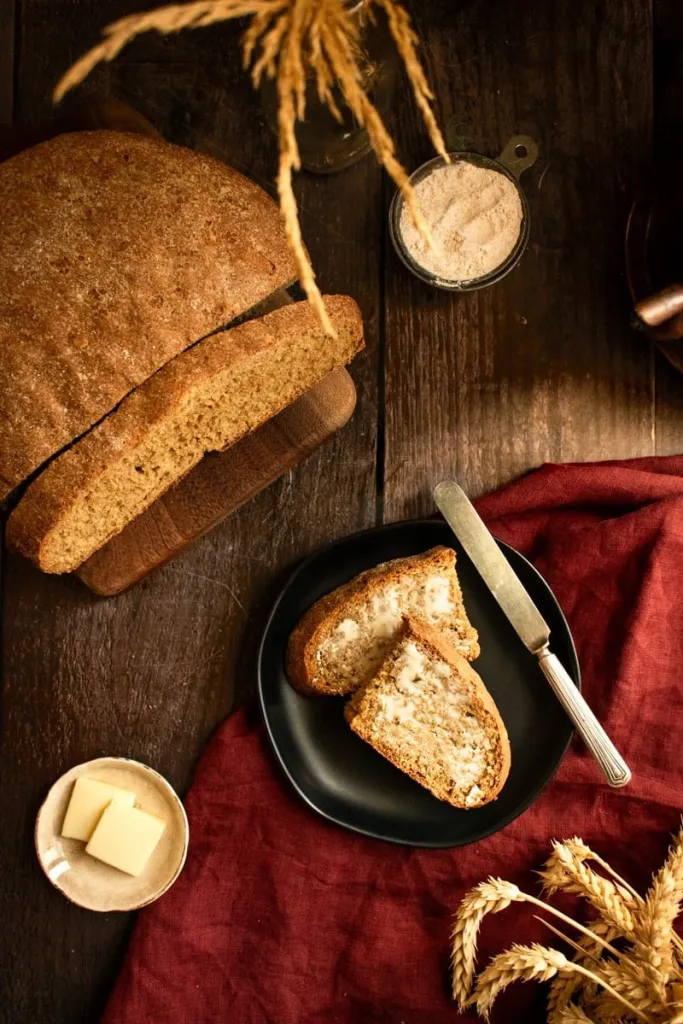
5) Roggenbrot
Roggenbrot is a traditional German rye bread. It’s a staple in many German households, especially at breakfast.
This bread has a dense texture and a slightly tangy flavor from the rye flour. The dark color comes from the use of whole grain rye, which is rich in fiber and nutrients.
To make Roggenbrot, you start by dissolving yeast in lukewarm water and letting it sit until frothy. Then, you mix rye flour, wheat flour, salt, and caraway seeds. Add the yeast mixture and knead until the dough pulls away from the bowl.
Roggenbrot requires a long rising time. Usually, you let it rise overnight in a warm place. This slow fermentation helps develop its unique taste.
After rising, you shape the dough into a loaf and place it in a preheated oven. The baking process brings out the robust flavors, and you end up with a hearty, crusty loaf.
You can enjoy Roggenbrot with butter, cheese, or cold cuts. It pairs well with both sweet and savory toppings, making it a versatile choice for breakfast.
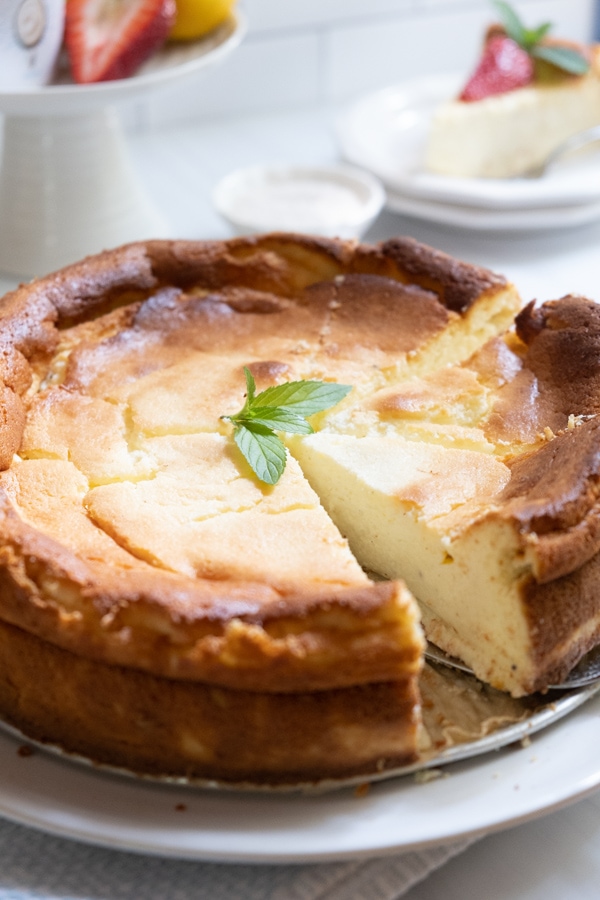
6) Quark
Quark is a popular German dairy product. It is often compared to yogurt or cottage cheese but has a smoother texture. You can find it in most German households, as it is versatile and used in many dishes.
For breakfast, you might enjoy quark with fresh fruit or granola. It adds a creamy richness that complements the sweetness of the fruit.
Quark can also be used to make spreads for bread and bagels. Adding herbs and spices can turn it into a savory spread.
In addition to breakfast, quark is used in baking. It is a key ingredient in German cheesecakes, which are lighter than American versions.
You might also find quark in pancakes or as a dip for vegetables. Its mild flavor makes it suitable for both sweet and savory dishes.
Quark is high in protein and low in fat, making it a healthy option. It is also rich in calcium, which is good for your bones. Enjoy experimenting with quark in various recipes to discover your favorite way to eat it.
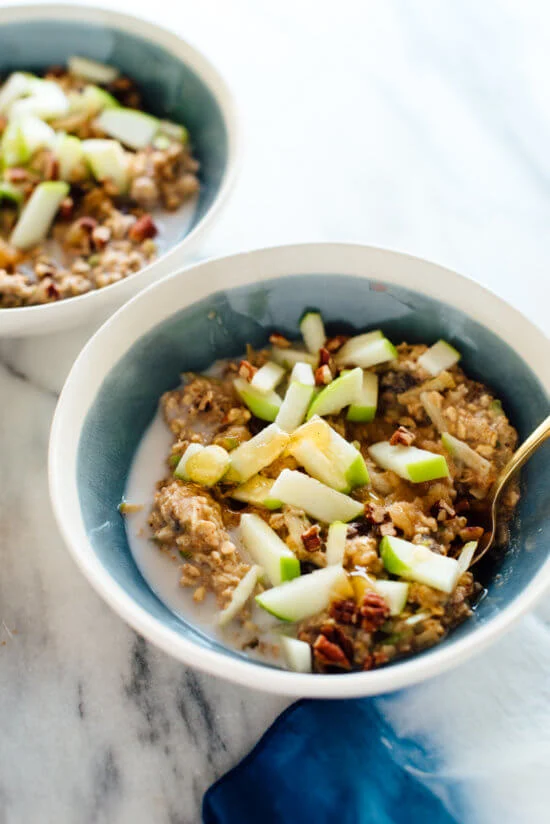
7) Bircher Muesli
Bircher Muesli is a popular German breakfast dish, known for its healthy and fresh ingredients. It’s a type of overnight oats that is both easy to prepare and nutritious.
To make Bircher Muesli, you start with oats and milk. Mix them together in a bowl and let them sit in the refrigerator overnight. This makes the oats soft and creamy.
In the morning, you can add grated apple for a fresh taste. Some recipes suggest squeezing lemon juice over the apple to keep it from browning.
Feel free to mix in other ingredients like yogurt, honey, and cinnamon. This adds flavor and sweetness without any artificial sugars.
For toppings, try fruits like blueberries, strawberries, or raisins. Nuts such as hazelnuts or almonds add a nice crunch. You can also drizzle some honey on top for extra sweetness.
Bircher Muesli is versatile. You can adjust it to your taste preferences and dietary needs. It’s a great way to start your day with a nutritious meal that keeps you full and energized.
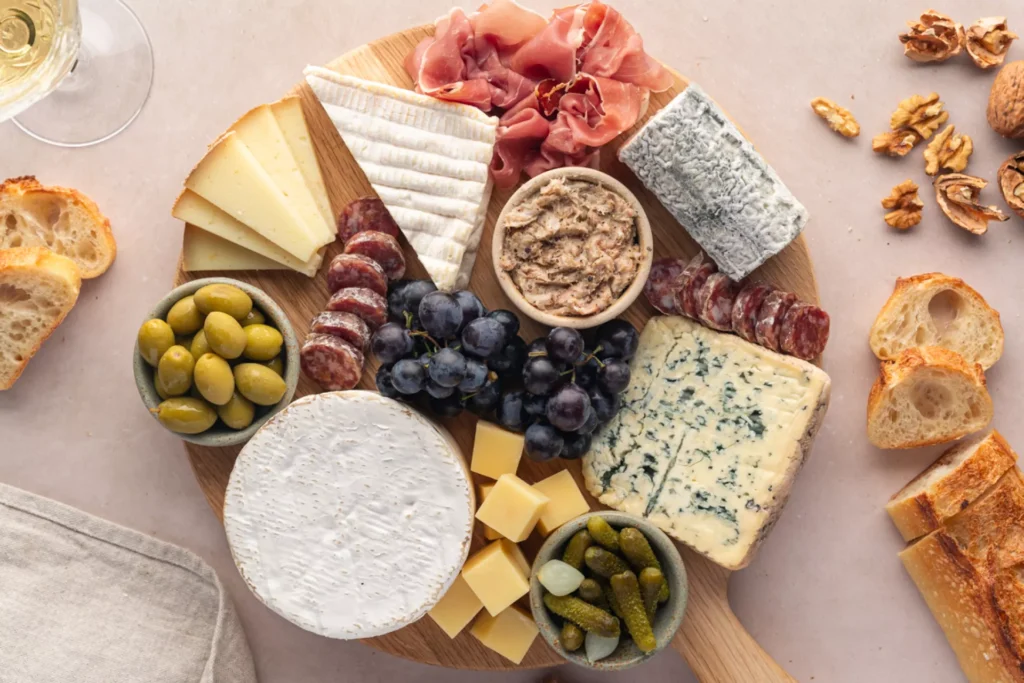
8) Käseplatte
A Käseplatte, or cheese platter, is a staple of German breakfasts. It typically includes a variety of cheeses ranging from soft to hard, ensuring something for everyone.
You might find familiar cheeses like Gouda and Emmental. These cheeses offer a mild taste that pairs well with bread.
Additionally, there’s often a selection of more aromatic cheeses. For example, Blue cheese and Camembert can provide a stronger flavor.
Alongside the cheeses, it’s common to have accompaniments. Fresh fruits, nuts, and honey are perfect for balancing the savory cheese flavors.
Serving the Käseplatte with fresh bread and pretzels is important. The bread helps you appreciate the different textures and flavors.
It’s not just about eating; it’s an experience. Sharing a Käseplatte encourages conversation and a leisurely morning.
Don’t forget to include German rye bread. Its dense texture complements the creamy and firm cheeses well.
Overall, a Käseplatte offers a satisfying, varied, and social breakfast option.
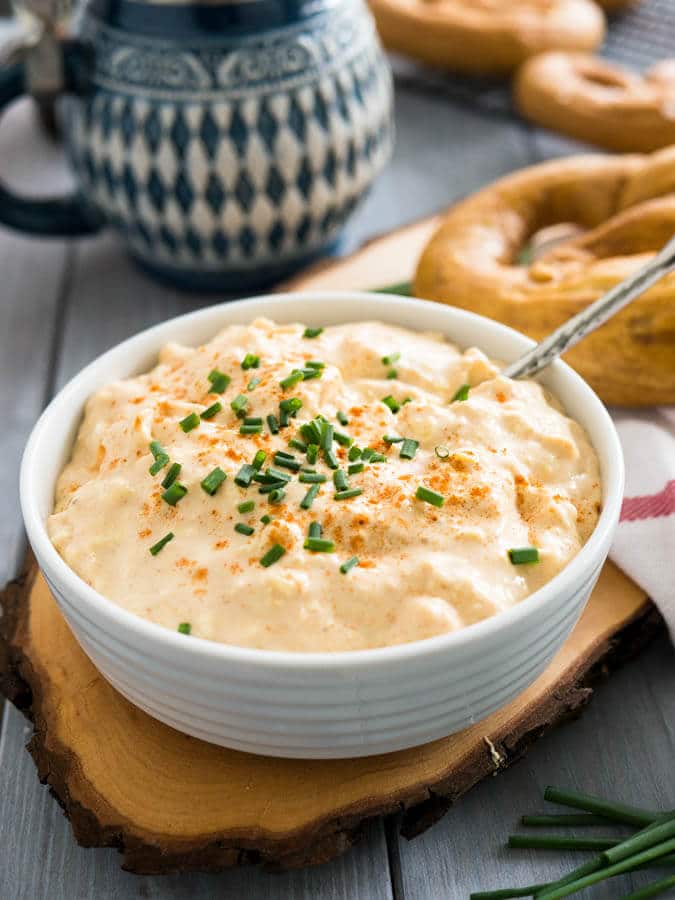
9) Obatzda
Obatzda is a popular cheese spread from Bavaria. It is often served at breakfast and enjoyed with fresh pretzels. This creamy spread is both savory and slightly spicy.
To make Obatzda, you mix Camembert cheese, butter, and a soft cheese like cream cheese. The cheeses are mashed together until smooth. Adding a bit of beer is common for extra flavor and smoothness.
Seasonings are key in Obatzda. Paprika, salt, and pepper are usually added. Some recipes include finely chopped onions for a bit of crunch and bite. This adds texture to the creamy spread.
Obatzda pairs wonderfully with pretzels or rye bread. It’s a staple in Bavarian breakfasts and also popular as a snack. If you enjoy rich and flavorful cheeses, Obatzda is a must-try.
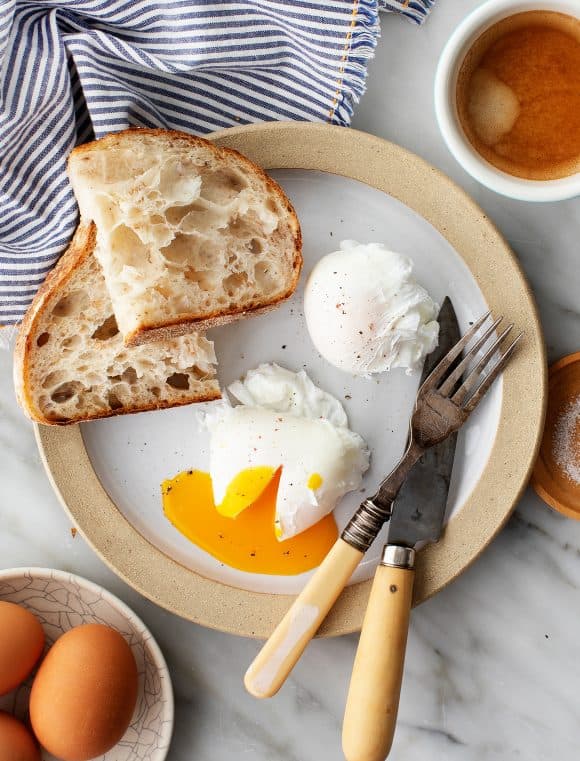
10) Frühstücksei
In Germany, a classic breakfast item is the Frühstücksei, or breakfast egg. It’s common in many households and can be prepared in various ways to suit your preference.
You might have your Frühstücksei hard-boiled or soft-boiled. Soft-boiled eggs are popular because they have a runny yolk that pairs well with bread.
Another way to enjoy Frühstücksei is as a fried egg. Many Germans like to serve it sunny side up or over easy.
Scrambled eggs are also a favorite. They are often cooked with a bit of butter for a rich taste.
No matter how you prefer your eggs, they are always a nutritious start to the day. Simple to make and easy to enjoy, Frühstücksei is a staple of the German breakfast table.
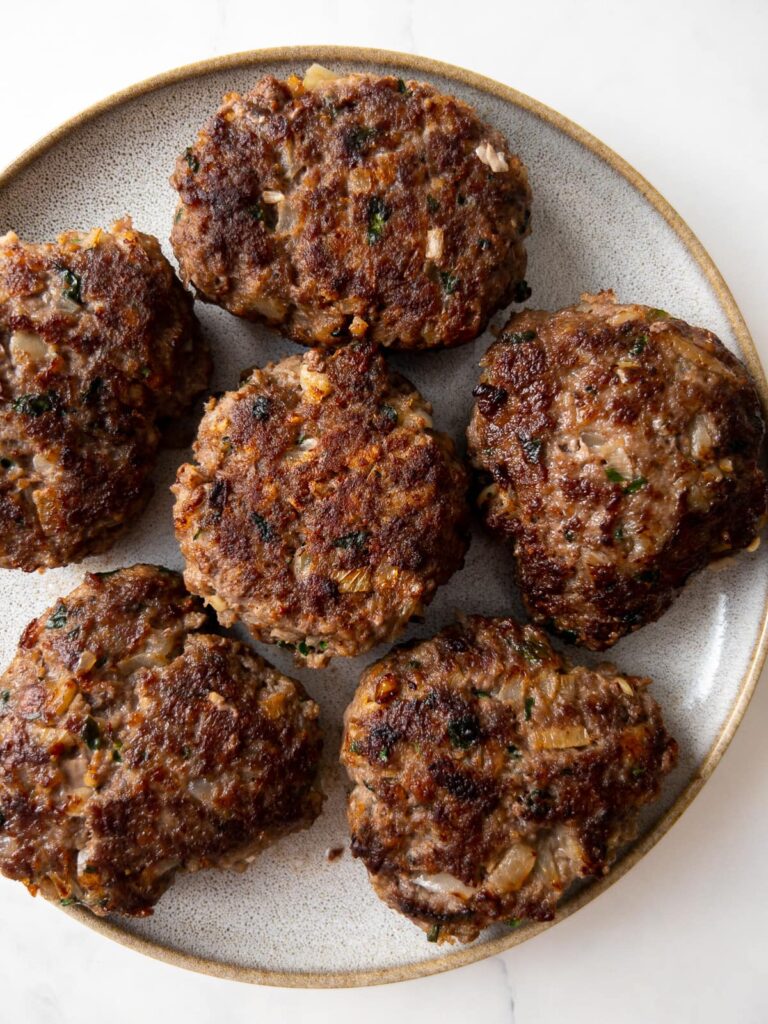
11) Frikadellen
Frikadellen are a type of German meatball, often enjoyed as part of a hearty breakfast. They are made with ground meat, usually a mix of beef and pork.
Bread soaked in milk is mixed into the meat to give the Frikadellen a moist texture. Chopped onions, garlic, and spices like salt, pepper, and nutmeg are then added to the mixture.
You shape the meat mixture into small, round patties. These patties are then fried in a pan with oil or butter until they are golden brown and fully cooked through.
Frikadellen can be eaten hot or cold. Some people enjoy them with mustard or other condiments. They are often paired with bread or rolls to make a satisfying breakfast.
These meatballs are also popular in other meals and can be found in sandwiches or served with potatoes and vegetables.
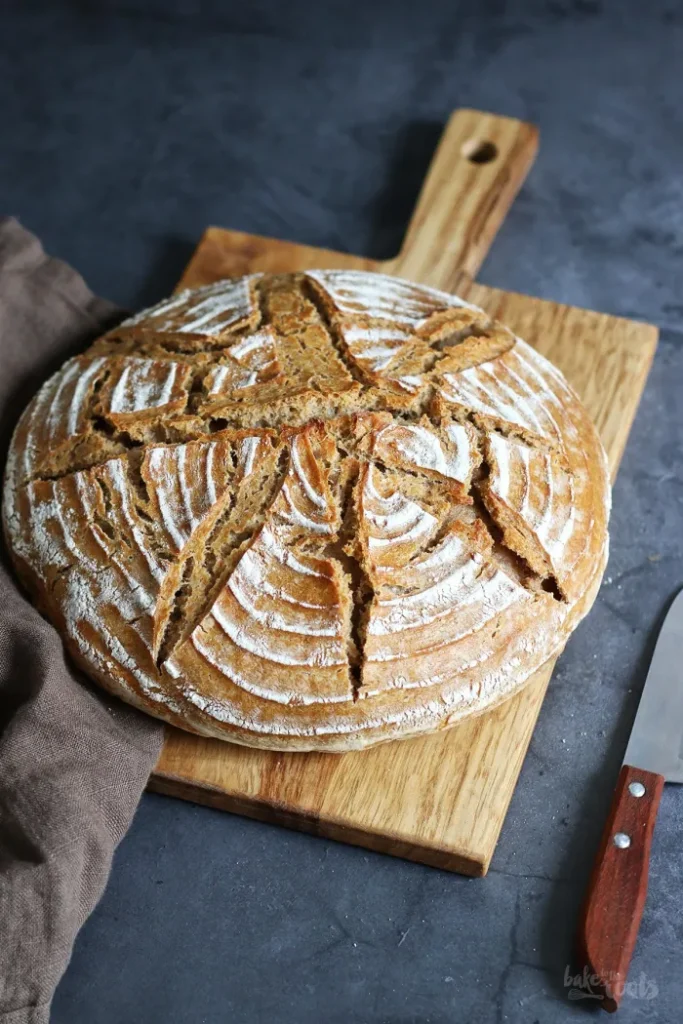
12) Sauerteigbrot
Sauerteigbrot, or sourdough bread, is a staple in German breakfasts. It’s known for its tangy flavor and chewy texture.
You will often find it served fresh with butter and jam. The combination of sourdough’s hearty taste and sweet spreads creates a delightful contrast.
Sometimes, you might see it paired with cold cuts and cheeses. This makes for a more filling and savory breakfast option.
Sauerteigbrot is made using a natural fermenting process. This gives the bread its unique sour taste and makes it easier to digest.
Many German bakeries pride themselves on their Sauerteigbrot recipes. Each region may have its own variation, adding to the bread’s rich diversity.
You can enjoy Sauerteigbrot toasted or fresh. Its versatility means it fits perfectly with many different breakfast dishes.
For a traditional experience, try it with a simple spread of butter. This lets you fully appreciate the distinctive flavor of the bread itself.
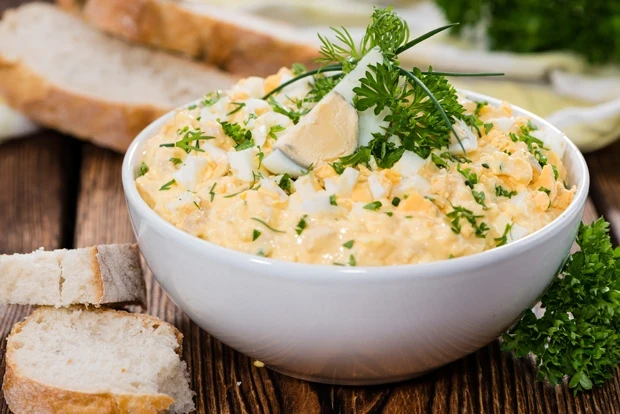
13) Eiersalat
Eiersalat, or egg salad, is a popular German breakfast food. It’s a simple yet tasty dish that combines hard-boiled eggs, mayonnaise, and various seasonings.
To make Eiersalat, you start by dicing hard-boiled eggs into chunky pieces. The texture should be firm, not mashed.
Next, you add diced onions and apples. These ingredients add a refreshing crunch and a hint of sweetness.
Mix the diced eggs, onions, and apples with mayonnaise. The mayo binds everything together into a creamy mixture.
Season the salad with salt, pepper, and sometimes a touch of mustard for extra flavor. Some recipes call for pickles or a splash of vinegar.
Eiersalat can be served on crusty bread or rolls. It’s also great as a topping for crackers or as a side dish.
Whether enjoyed at breakfast or brunch, Eiersalat is a versatile and satisfying option.
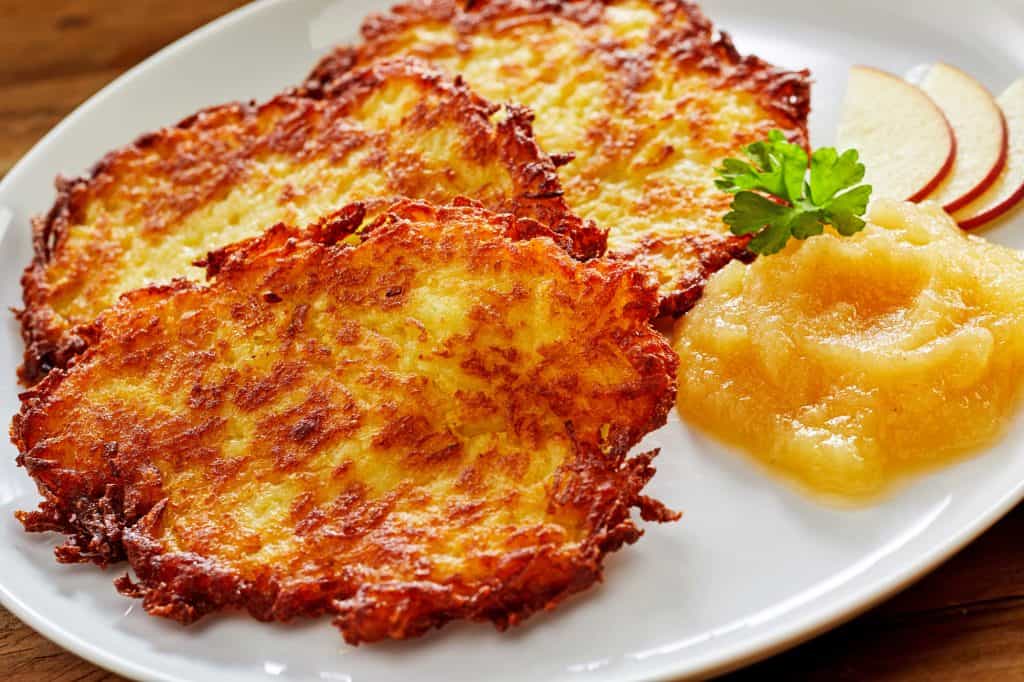
14) Kartoffelpuffer
Kartoffelpuffer are traditional German potato pancakes.
These delicious pancakes are made from grated potatoes mixed with flour, eggs, and onions.
To prepare, you mix all the ingredients into a batter. Then, heat oil in a frying pan.
Spoon portions of the batter into the pan and flatten them. Fry on both sides until golden brown.
Kartoffelpuffer are often served hot.
They can be eaten with applesauce, sour cream, or smoked salmon.
These potato pancakes bring a crispy texture and savory taste to the breakfast table.
While simple, they are a beloved part of German cuisine and enjoyed by many.
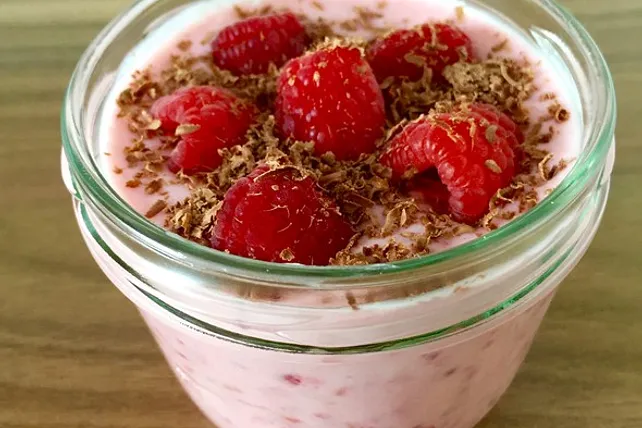
15) Himbeerquark
Himbeerquark is a refreshing and delicious German breakfast dish. It consists of creamy quark cheese mixed with fresh raspberries. Quark is a dairy product that falls somewhere between yogurt and cheese. It has a smooth, creamy texture and a mild flavor.
To make Himbeerquark, you blend the quark cheese with raspberries. The raspberries add a sweet and slightly tangy taste to the dish. You can also add a bit of honey or sugar for extra sweetness.
You usually serve Himbeerquark in a bowl, topped with whole raspberries for decoration. It’s a light and nutritious option, providing protein and vitamins while being low in fat.
You can enjoy Himbeerquark with a slice of whole-grain bread or a croissant. It pairs well with a cup of coffee or tea, making it a perfect breakfast choice.
Himbeerquark is popular because it’s easy to prepare and can be customized with different fruits, like strawberries or blueberries. Experiment with various toppings to find your favorite combination.
Cultural Significance of German Breakfast
Breakfast in Germany is more than just a meal; it’s a reflection of the country’s history and evolving lifestyle. The traditions date back centuries, with modern twists keeping them alive today.
Historical Roots
German breakfast traditions have deep historical roots. In medieval times, heavy breakfasts were crucial for farmers and laborers who needed energy for their demanding work. Freshly baked bread, typically dense and hearty, was a staple. Cheese, cold cuts, and smoked meats provided necessary protein. Soft-boiled eggs and spreads like butter and jam were common.
Family and community also played a major role. Meals often took place around large tables, promoting a sense of togetherness. People valued locally sourced ingredients, reflecting Germany’s pastoral culture. Historical breakfasts connected people to their land and their community through shared meals.
Modern Adaptations
Today, German breakfasts have adapted to the fast-paced modern lifestyle while still honoring tradition. Many now enjoy yogurt, muesli, and fruit alongside traditional items. Bakeries sell a wide array of breads and pastries, offering convenience to those on the go.
Breakfast buffets in hotels showcase this fusion of old and new. You’ll often find a mix of fresh breads, cheeses, cold cuts, alongside healthier options like granola. Cafes also serve quick bites, making hearty breakfasts accessible to busy urbanites.
While the essence of sharing and quality remains, the modern German breakfast is more varied and convenient. This evolution ensures that the tradition continues to thrive in today’s world.
Common Ingredients in German Breakfast Foods
German breakfast foods are known for their variety and balance of flavors. Common ingredients include a wide range of bread, meats, cheeses, spreads, and beverages.
Types of Bread
Bread is central to a German breakfast. You will often find Brötchen (rolls), Pretzels, and Pumpernickel. Brötchen are small, crusty rolls perfect for sandwiches. Pretzels, with their unique twisted shape, are soft and chewy, often enjoyed with butter. Pumpernickel is a dense, dark rye bread with a slightly sweet taste. Each type of bread brings its own texture and flavor, making breakfast choices versatile and satisfying.
Meats and Cheeses
Meats and cheeses are also staples. You might enjoy Wurst (sausage), Schinken (ham), and various salamis. Common sausages include Bratwurst and Weisswurst. Cheeses range from soft varieties like Camembert to harder types such as Gouda. These options offer a balance of flavors from mild to strong, giving you many ways to enjoy your breakfast.
Condiments and Spreads
German breakfasts feature a variety of condiments and spreads. Butter, Nutella, and Marmalade are popular choices. Other favorites include Quark (a creamy cheese spread) and Honey. These spreads are typically enjoyed on bread or rolls, adding sweetness or richness to your meal. Some people also enjoy Mustard or Horseradish with their meats, adding a spicy kick.
Beverages
Typical beverages include Coffee, Tea, and Juice. Coffee, often strong and flavorful, is a morning staple. Tea, available in various blends, provides a lighter alternative. Juices like Orange or Apple are also common, offering a refreshing start to your day. Some enjoy Hot Chocolate, made with rich cocoa, adding a touch of indulgence to breakfast.
These ingredients create a harmonious blend of flavors, ensuring a fulfilling and enjoyable breakfast experience.
